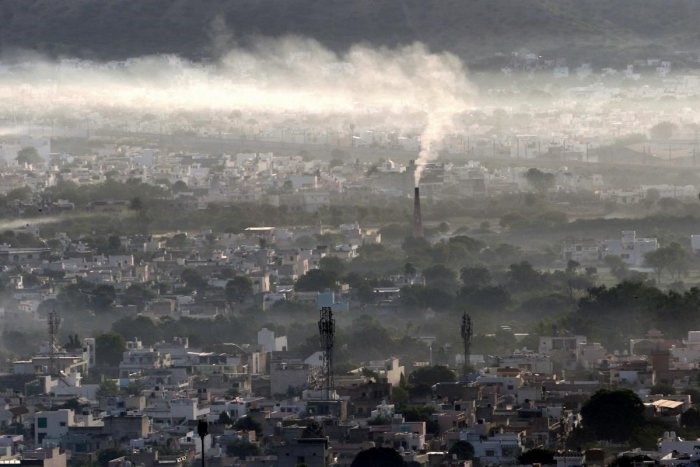Free Courses Sale ends Soon, Get It Now


Free Courses Sale ends Soon, Get It Now



Disclaimer: Copyright infringement not intended.
Context
What are carbon offsets?
How does buying carbon offsets keep CO2 out of the atmosphere?
Benefits and challenges
Benefits
Challenges
United Nations Offset Mechanisms
Offset Mechanisms under the Kyoto Protocol
What is a Renewable Energy Certificate?
What are Power Purchase Agreements?
What is an Allowance?
What is an Energy Efficiency Certificate?
Indian Scenario
Offsetting in practice
|
PRACTICE QUESTION Q) Offsets have come under fire as a way for companies to compensate for carbon emissions through eco projects elsewhere. Examine the validity of this statement. (150 words) |
© 2024 iasgyan. All right reserved